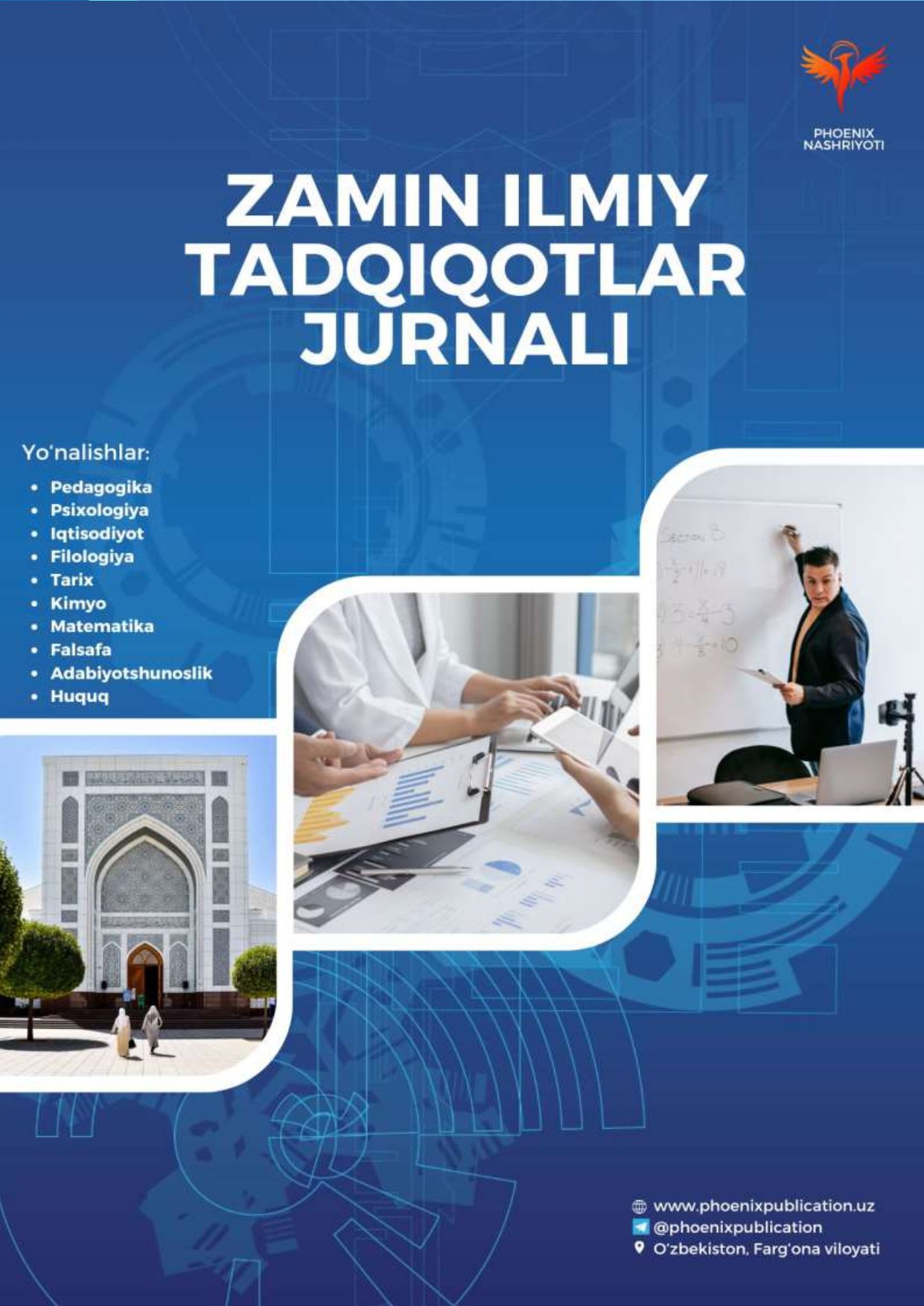Abstract
Three-dimensional (3D) printing technology has rapidly emerged as a revolutionary tool in modern medicine, particularly in neurosurgery. The ability to design and manufacture patient-specific implants with high precision has opened new opportunities for personalized surgical treatment. 3D-printed implants allow for accurate reconstruction of cranial and spinal defects, reduce operative time, and improve functional and cosmetic outcomes. Furthermore, the integration of biocompatible and bioresorbable materials enhances long-term safety and promotes tissue regeneration. Despite its advantages, challenges such as cost, standardization, and regulatory approval remain. This paper discusses the current possibilities of 3D printing for implant fabrication in neurosurgery, its clinical applications, and future perspectives.
References
1. Audenino, A. L., Bignardi, C., & Zanetti, E. M. (2020). 3D printing in neurosurgery: A review of current applications and future perspectives. Neurosurgical Review, 43(5), 1231–1245. https://doi.org/10.1007/s10143-019-01197-3
2. Chen, Y., Wang, Y., Zhang, X., & Li, Y. (2019). Patient-specific 3D-printed implants in cranial reconstruction: A clinical study. Journal of Craniofacial Surgery, 30(8), 2301–2306. https://doi.org/10.1097/SCS.0000000000005713
3. Tack, P., Victor, J., Gemmel, P., & Annemans, L. (2016). 3D-printing techniques in a medical setting: A systematic literature review. BioMedical Engineering OnLine, 15(1), 115. https://doi.org/10.1186/s12938-016-0236-4
4. Ventola, C. L. (2014). Medical applications for 3D printing: Current and projected uses. P&T, 39(10), 704–711.
5. Zhan, X., Yu, J., & Liu, H. (2021). Advances in 3D-printed spinal implants: Materials, designs, and clinical outcomes. Frontiers in Surgery, 8, 642701. https://doi.org/10.3389/fsurg.2021.642701
